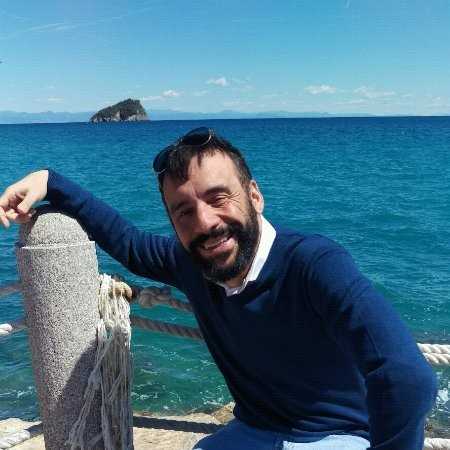Technology
Our Tech Ecosystem
Explore our tech vision, tools, and infrastructure that power innovation at lastminute.com.
Our tech ecosystem
In this first blog post of the series about our Tech ecosystem our CTO sets the context for the upcoming contents. We operate in the traveltech domain, and Technology is a key business capability for the company. The complexities of the business and the ever evolving nature of the industry and the Tech landscape itself make it for an environment that values a growth mindset, collaboration and professionalism. [...]












